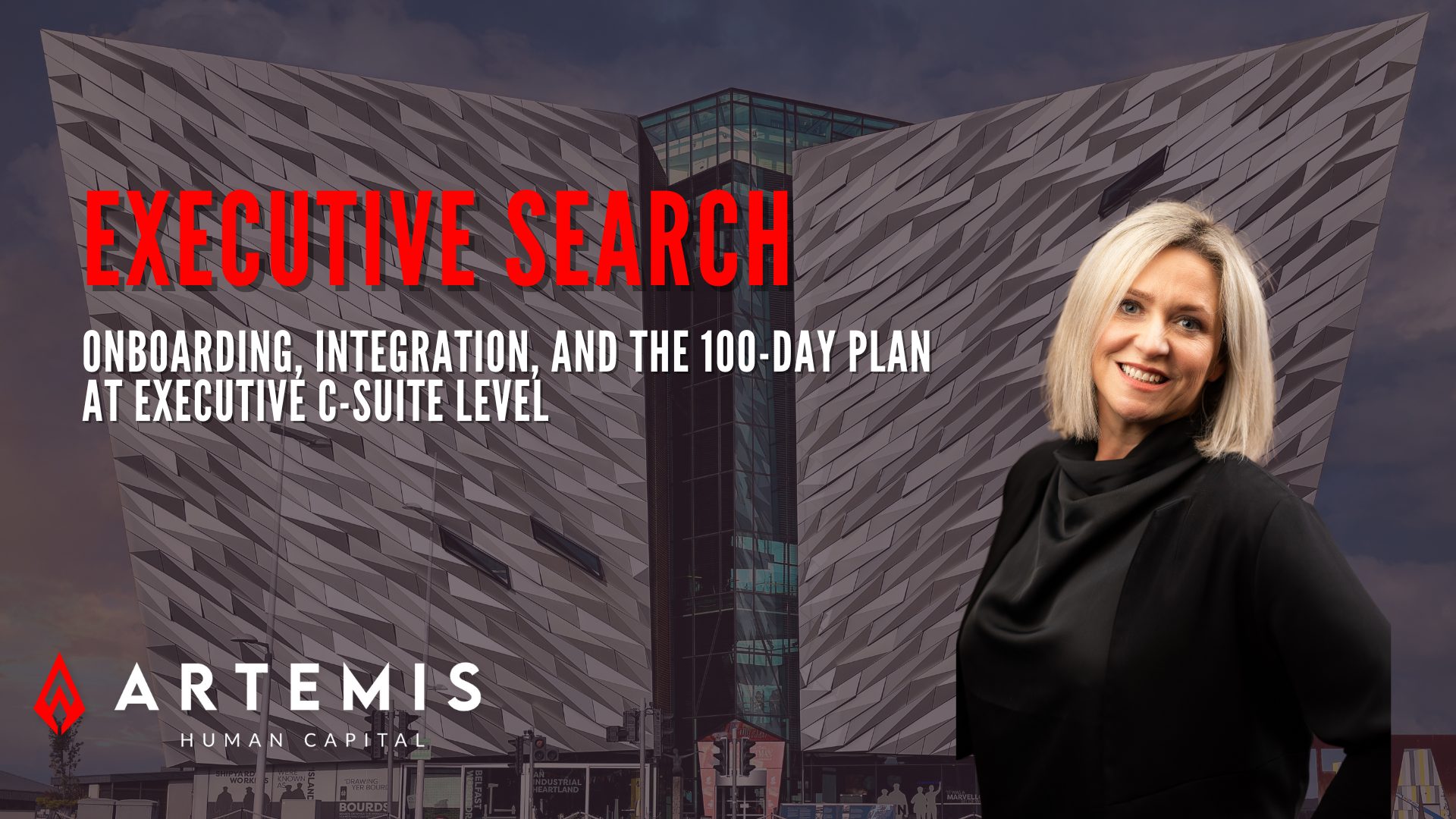After a rigorous process you’ve managed to hire your senior executive level candidate. You have interviewed and met them at least 3 times, undergone psychometric testing, they have given a presentation to the board, taken a walkaround of the facility, met other members of the senior leadership team; they have signed on the dotted line, worked their notice period and are ready to start. Job done? Well, no…. not yet. Your new senior hire starting in your company is in fact just the beginning of a critical phase known as Executive Onboarding. They have demonstrated they have the skills, experience, behaviours and vision that align with your companies’ objectives but the transition into this new role still requires careful orchestration. Irrespective of how senior an appointee is – everyone needs to feel engaged, supported and have clarity of focus to thrive and ultimately achieve longer term goals.
Efficient executive onboarding is akin to laying down the tracks before the train embarks on its journey. It’s about creating a conducive environment for the appointee to acclimate, understand the organisation’s culture, grasp its nuances, and align their strategies with its overarching goals. This phase isn’t just about logistical arrangements; it’s about fostering relationships, building trust, and gaining insights that can only be gleaned through immersion.Indeed, some organisations start the onboarding process in the latter stages of the recruitment process. This “Preboarding” can continue after the appointee has accepted the role and prior to start, with regular communication, informal coffee meetings, team events etc. Sharing information about key challenges, long term ambitions and current difficulties faced, allows for an honest discussion about the way forward preparing the appointee mentally for what’s ahead. Traditional onboarding is often quite administrative in nature. In some cases, it is led by HR and concentrates on imparting key information required for all employees. The nuts and bolts if you will.
What we need to do is offer a more rounded, fuller assimilation. Indeed, integration might a better term to use for this whole process. Integration is more fluid, aspirational and better describes your appointee transitioning from outsider to insider. Proper integration is about imparting an understanding of both the business and the culture and understanding both means your appointee will be more impactful to the business sooner. This integration process will obviously differ depending on whether the company is in a good or bad place and whether change or stability is needed but all integration should comprise good communication, collaboration, and a clear focus. Alongside the onboarding/ integration process sits the 100-day plan. This is a road map to guide your new hire in the first few months in the role, outlining strategies, targets and goals and will provide them with clarity and direction. Often the appointee will have drawn up their own 100-day plan as part of the selection process. This will be fairly 2 dimensional given they were still an outsider when they compiled it and will need real time input, collaboration, and feedback from other senior employees to ensure the appointee feels engaged and supported. Indeed, this also guarantees senior board level alignment around expectations, timeframes, and deliverables.
Ultimately this plan sets the tone but should be flexible and open to change and evolution to better reflect the real business challenges and landscape.In summary, it’s a common mistake to think that our most senior, experienced leaders are fully equipped to navigate the transition into a new role and don’t require an onboarding and integration process. This is most definitely not the case.
Professional onboarding and a thoughtful approach to integration along with a clear 100-day plan gives you the best chance to realise a smooth transition with your new senior hires. This in turn gives your new appointee greater confidence and insight and allows them to make a real impact in the business faster.


